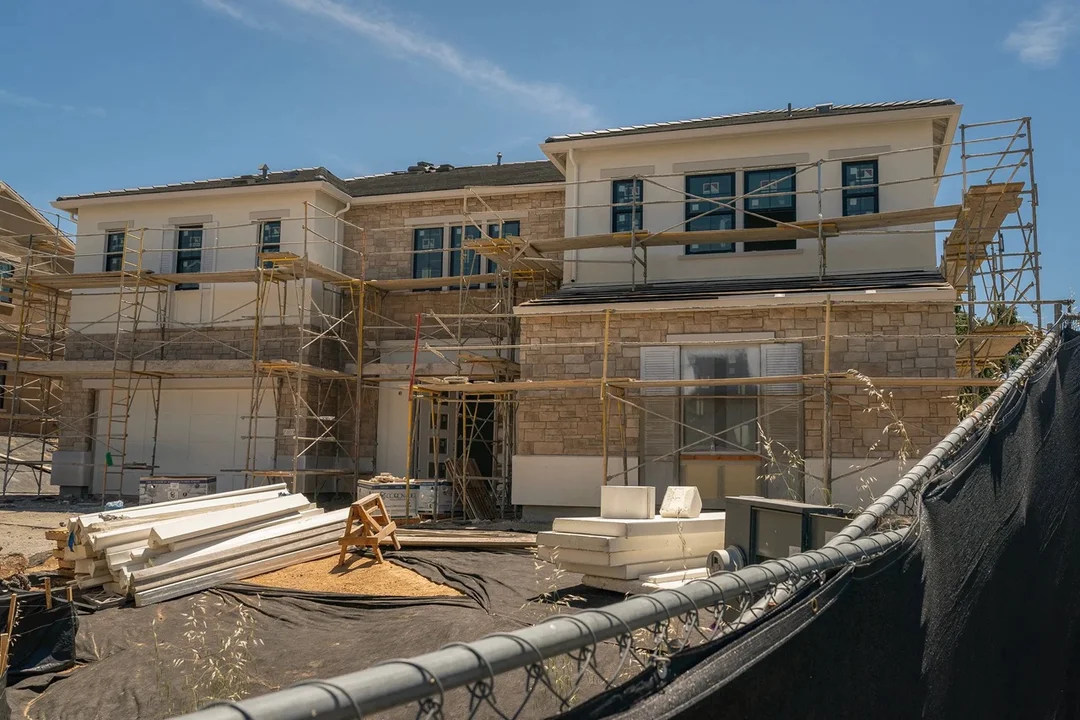
Could California’s Building Code Freeze Be the Key to Unlocking Affordable Homes?
In the midst of California's ongoing housing crisis, a bold legislative proposal is stirring debate, potentially reshaping how homes are built and priced across the state. As families struggle with skyrocketing costs, Assembly Bill 306 aims to hit the pause button on building standards, raising questions about whether this could finally make housing more accessible—or if it's a risky gamble for safety and sustainability.
At the heart of the issue is Assembly Bill 306, introduced by freshman Democrat Assemblymember Nick Schultz from Burbank. The bill seeks to freeze California's stringent building code—covering everything from architecture and plumbing to energy efficiency and seismic safety—through at least 2031. This move comes amid efforts to accelerate post-fire recovery in areas like Los Angeles and address a statewide shortage of affordable housing. Supporters argue that constant updates to the code add significant costs, potentially inflating home prices by tens of thousands of dollars per unit. "We had the most seismically safe, water-reduced, fire retardant, energy efficient homes in the world two years ago and we just keep on adding more and more," said Dan Dunmoyer, president of the California Building Industry Association, highlighting the fatigue among developers.

Critics, however, warn that freezing the code could undermine progress on critical fronts like climate resilience and public safety. Laura Walsh, policy manager with Save the Bay, emphasized the need for adaptability in the face of unpredictable climate change effects: "We’ll get to a place in the trend where things get worse really fast." Environmental groups and construction unions oppose the bill, viewing it as a step back from California's leadership in green building practices. This tension reflects a broader shift in housing politics, where lawmakers are moving beyond zoning reforms to scrutinize the often-overlooked building code. As Stephen Smith of the Center for Building in North America noted, "Architects, developers, contractors are pointing out that there are barriers in the actual construction process."
Comparisons with other states add depth to the debate. North Carolina recently implemented a similar freeze, citing older codes and potential cost savings, but California's more advanced standards mean the stakes are higher here. Estimates from the building industry suggest that recent code updates have added $51,000 to $117,000 to single-family home costs, largely due to features like mandatory sprinkler systems. Yet, opponents like Merrian Borgeson from the Natural Resources Defense Council argue that regulations aren't the primary driver of high prices, calling the bill well-intentioned but flawed. Meanwhile, potential innovations, such as allowing single-stair designs for apartments, could be sidelined, as Schultz himself acknowledges the need for an "escape hatch" for cost-reducing changes.
Ultimately, this proposal underscores a pivotal question: Can dialing back regulations truly deliver cheaper housing without compromising long-term safety and environmental goals? As the bill advances to the state Senate with strong Assembly support, including from Speaker Robert Rivas, the conversation highlights California's evolving approach to affordability.
In summary, while a building code freeze might offer immediate relief for developers and buyers, it risks ignoring future challenges like climate impacts. What do you think— is this the breakthrough California needs, or a step in the wrong direction? Share your views in the comments below and help us explore solutions for affordable housing.